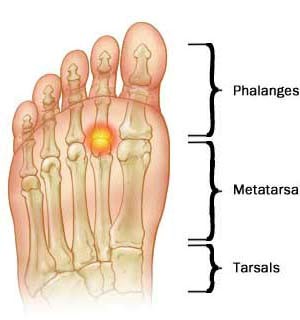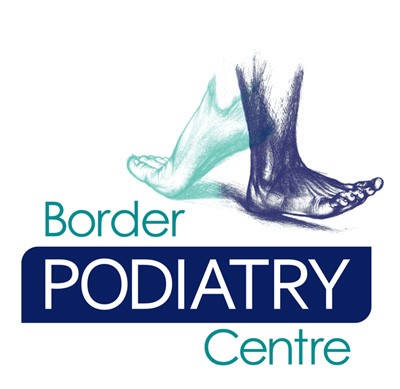
We will often prescribe balancing or propriocpetion exercises as part of a client’s treatment program and we often get ask why is it so important.
Proprioception is the term used to describe sensory feedback mechanisms for motor control and posture. The body is able to vary muscle contraction responses to incoming external information by using stretch receptors located in our muscles to monitor the joint position of the body. From here, the brain can send out messages unconsciously to the receptions of the muscles and joints to move to maintain movement and balance.
It is the proprioceptive capacity in our bodies that need to be maintained to assist us in achieving good movement and balance in our everyday life. These receptors are sometimes not active enough or are damaged by injury.
Here are some examples of poor proprioception which relate to the grading of movement:
- Underestimating or overestimating flexion and extension of muscles when performing activities or tasks
- Misjudging the weight of an object
- Stomping when walking
By stimulating or ‘exercising’ these nerve receptors you can improve your brains perception of position and therefore prevent injury/improve biomechanical function. Below is a great example of an exercise progression which can help to improve our proprioception.
Step 1. Stand on one leg (the injured leg) with the other leg off the ground. Position yourself so that you can hold onto something to steady yourself if needed. Hold this position for 2 minutes.
Caution should be taken not to overload the injured leg or to progress too quickly. The level of difficulty can be increased gradually once the injured leg is able to support weight comfortably without pain or instability.
Step 2. Once you are able to stand on one leg comfortably increase the level of difficulty by closing your eyes.
Step 3. Stand on one leg while brushing your teeth.
Step 4. Stand on one leg while on a soft cushion/pillow
It is also important to understand that improvement of your proprioception will take time and is something that should be aimed maintained over time.
Along with trying this exercise option, it is always a good idea to have an assessment from a qualified health professional. Luckily as podiatrists we manage proprioceptive concerns regularly! If you would like to book in for an assessment with one of our qualified podiatrists, call the clinic today on (02) 6024 5577.
